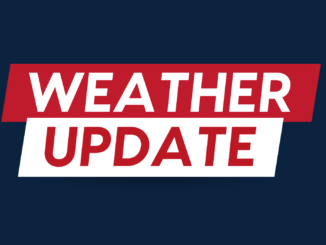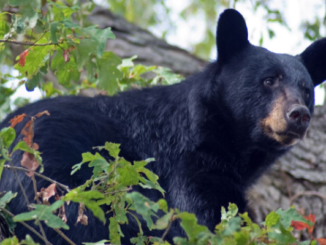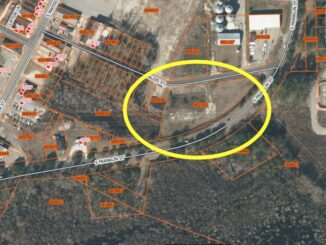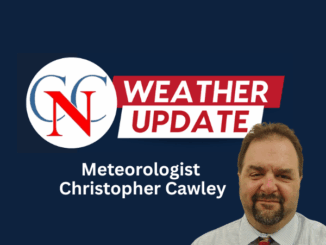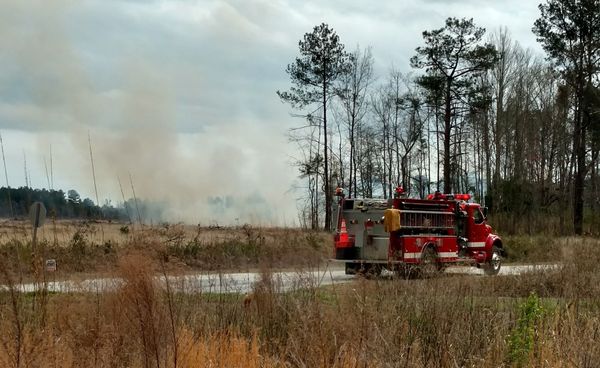
With increasing fire dangers and the spring wildfire season riught around the corner, the N.C. Forest Service is encouraging property owners to be prepared in case a wildfire comes in their direction.
“Even though we’re still a few weeks from the official start of spring wildfire season, now is the time for homeowners to be thinking about simple steps they can take to reduce risk in the home ignition zone by creating a defensible space,” said Agriculture Commissioner Steve Troxler. “Wildfires that occur in the wildland urban interface can be extremely dangerous and destructive to lives and property.”
The wildland urban interface (WUI) — the area where structures and other human development blend with undeveloped wildland, forest or vegetation — is a notable threat for increased wildfire impacts due to rapid population growth and people moving into formerly rural areas, resulting in an increase in WUI acreage.
Nearly 13 million acres of the state are classified as WUI, due to continued growth and development. North Carolina is the top state for WUI area, with more than half of the state’s residents living in WUI areas. Many new residents are unfamiliar with the dangers of wildfires, and some common landscaping practices can even increase the fire risk for homes. Troxler said the dangers of the WUI mean that homeowners must take the initiative in working to protect their property and neighborhoods before a wildfire occurs.
Tropical storms and even routine summer storms have produced large amounts of potential wildfire fuel in remote and developed areas.
For those living in the WUI, especially those in area with storm debris left over from hurricanes, here are some easy steps to protect your home from wildfires:
- Clear off pine needles, dead leaves and anything else that can burn from your rooflines, gutters, decks, porches, patios and along fence lines. Falling and windblown embers will have nothing to burn.
- Trim back any shrubs or tree branches that come closer than five feet to your house along with any overhanging branches.
- Walk around your house and remove anything within 30 feet that could burn such as woodpiles, spare lumber, vehicles, boats and anything else that can act as a large source of fuel.
- Instead of landscaping with flammable mulches, consider using crushed stone or gravel.
- Rake out any landscaping mulch to at least five feet away. Embers that land in mulch that touches your house, deck or fence is an easy fire hazard.
- Store furniture cushions, rattan mats, potted plants and other decorations from doors, decks, porches and patios. These items can catch embers and help ignite your home if you leave them outside.
- Assess your house to see what openings you can screen or temporarily seal. Windblown embers can get into homes easily through vents and other openings, burning the home from the inside out.
- Create fuel breaks with driveways, walkways/paths, patios and decks.
For more information and tips to help create a defensible space around your home and protect your property from wildfire, visit www.resistwildfirenc.org. To learn more about fire safety and preventing wildfires and loss of property, visit www.ncforestservice.gov.




